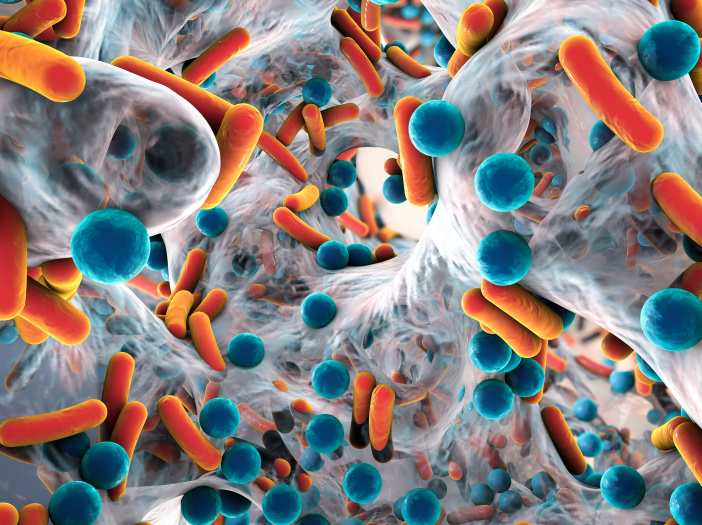The best way to remove clinical soils, a combination of enzymes
The global burden of HAIs
According to the World Health Organization, the results of HAI (healthcare acquired infections) lead to longer hospital stays, long-term disability and high costs of treatment. In the US alone, the Centers for Disease Control and Prevention estimate the overall annual direct financial costs of HAIs to hospitals at between $28bn and $45bn, and the cost in lives at around 72,000 per year. Effective cleaning of healthcare environments and surgical instruments is a critical part of preventing HAIs.
Cleaning is critical

Cleaning is critical
Effective cleaning of medical and surgical instruments is critical for efficiencies within the sterile reprocessing department and more importantly for patient safety. If medical devices are not cleaned thoroughly, it can lead to problematic soil build-up. That's why many professionals turn to the proven cleaning power of enzymatic detergents. But faced with complex devices and a variety of organic soils, sometimes associated with biofilms, the question you need to be asking is which blend of enzymes will provide the best results?
Different soils need different enzymes

Different soils need different enzymes
To answer this question, it's important to understand that each enzyme has its own target or organic soil type it can help loosen and remove. For example, proteases are effective on proteins, like blood and muscle tissue; cellulases, amylases and mannanases break down common carbohydrates, while lipases target fatty soils like adipose tissue. There are also innovative specialty enzymes, such as nucleases and glycoside hydrolases, that can break down previously untargeted and challenging substrates like extracellular DNA and a unique polysaccharide, respectively. That's why you have to start by considering the composition of the soil you want to remove.
So, taking this knowledge, let's apply it to a common medical cleaning device challenge: endoscopes.
Endoscopes can be contaminated with a wide variety of complex soils, such as the ones previously mentioned. Each soil presents a unique cleaning challenge and one that cannot be addressed by a single enzyme solution because it simply does not have the power required.
More enzymes, more cleaning power

More enzymes, more cleaning power
Getting an endoscope clean enough for disinfection requires a broad-spectrum approach with the right enzyme content. As a rule, detergent efficiency improves on complex soils when the number of enzyme classes and the amount of enzymes is increased. Working out the right enzymatic combination for your cleaning challenges might sound complicated, but it can save you in the long-term. Not only does the right enzymatic detergent give you the best cleaning performance and improve subsequent disinfection and sterilization but more importantly, it keeps patients safe: the ultimate goal of all medical cleaning.